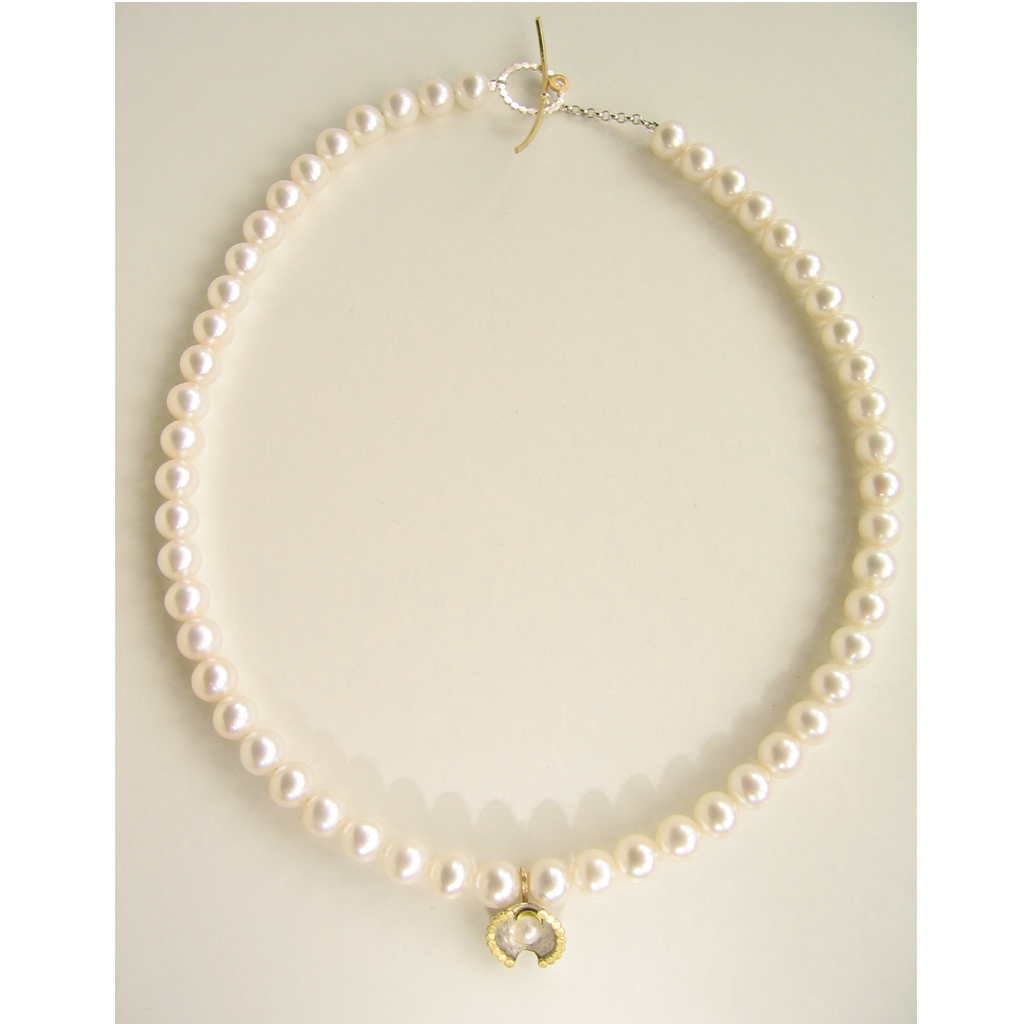

MEFLG Museo Entomológico Francisco Luis Gallego, Universidad Nacional de Colombia, Medellín, Colombia JFLC Colección Privada LeCrom, Bogotá, Colombia ICN-MHN Instituto de Ciencias Naturales-Colección de Zoología, Universidad Nacional, Bogotá, Colombia (2018) with specimen data drawn from the following entomological collections:ĬEUA Colección de Entomología de la Universidad de Antioquia, Medellín, ColombiaĬTNI Colección Taxonómica Nacional de Insectos “Luis María Murillo” – Agrosavia, Mosquera, Colombia The checklist presented here collates literature records for Colombia based on Walker () and Montes et al.

Furthermore, the checklist could assist with the resolution of environmental factors determining presence of these moths in cultivations and enable the development of models to forecast their occurrence in agroecosystems. This information will facilitate a baseline for planning ecological studies and taking phytosanitary actions in case of the detection of pest species in fruit orchards. Additionally, we provide information about the environmental variables determining species distribution. The aim of this work is to report information on Eudocima from specimen data preserved in collections and produce a checklist and an identification key to species occurring in Colombia. It was therefore expected that these colorful large moths would be well represented in such collections. In Colombia, many universities and research centers are maintaining biological collections where specimens from monitoring programs and ecological sampling are regularly being deposited. Vouchers in biological collections can provide important information about the spatial and temporal distribution of species. 2018), but the diversity and distribution of this genus in the country are unknown. procus (Cramer, 1777), two species widely distributed in the Neotropics, were recently reported as occasional citrus pests ( Montes et al. 2018), and information about this group is generally scarce. In Asian countries and islands of the Pacific, fruit-piercing Eudocima are frequently reported as damaging crops, while in the Americas they are only sporadically mentioned as pests ( Hernández-Ruiz et al. Accordingly, unlike other groups of agriculturally important Lepidoptera, it is the adults that damage crops, which in this case takes place due to rotting agents such as fungi and bacteria that penetrate the holes that they leave onto the fruit skin.

Like other genera of the subfamily Calpinae, they possess sclerotized and apically sharpened proboscis with tearing hooks, with which they pierce fruits to feed on their juices. Historically, neotropical species of Eudocima have been placed in several genera according to differences in their habitus, e.g., Elygea Billberg, 1820, Othreis Hübner,, Trissophaes Hübner, and Ophideres Boisduval, 1832, all now subsumed under Eudocima. They are generally large-sized and with variably colored patterns, mainly cryptic on the forewings and with bright yellow-orange hindwings, and at least in the Neotropics the species always bear dark spots or bands on the hindwings. 2017), with eight species occurring in the Neotropics ( Zilli and Hogenes 2002). The fruit-piercing moth genus Eudocima Billberg, 1820 ( Erebidae, Calpinae) encompasses approximately 50 species distributed throughout tropical and subtropical regions of the world ( Zaspel and Branham 2008, Zilli et al.


 0 kommentar(er)
0 kommentar(er)
